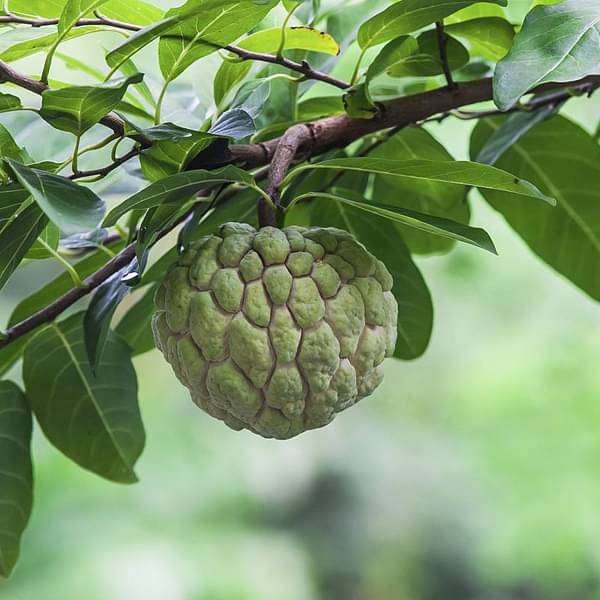
Sitaphal, Annona squamosa (Grown Through Seeds) - Plant
(MRP Inclusive of all taxes)
- Shipping ₹79 for entire order
- Dispatch in 7 days
- Country of origin: India

(MRP Inclusive of all taxes)
 Save 23%
Save 23%
Kagzi Nimboo, Lemon Tree - Plant The Kagzi Nimboo, or Lemon Tree, is a delightful addition to any garden or home. Known for its vibrant ye...
View full details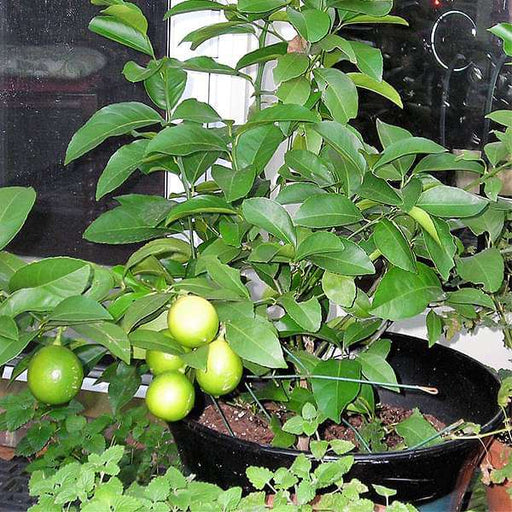 Save 17%
Save 17%
Nimboo, Lemon Tree - Plant The Nimboo, or Lemon Tree, is a delightful addition to any garden or indoor space. Known scientifically as Citr...
View full details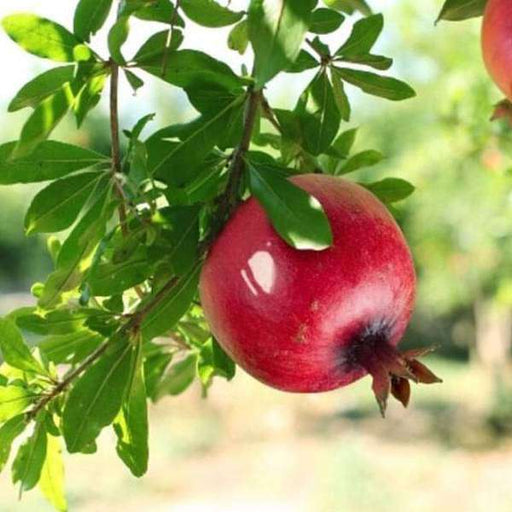
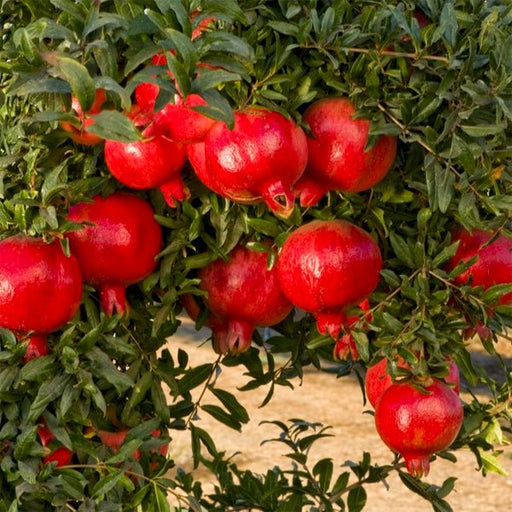 Save 18%
Save 18%
Pomegranate Plant (Punica granatum) The Pomegranate, known scientifically as Punica granatum, is a deciduous shrub or small tree that prod...
View full details Save 16%
Save 16%
Orange Fruit, Santra - Plant The Orange Fruit, known as Santra in many regions, is a vibrant citrus plant that produces juicy, sweet fruit...
View full details Save 17%
Save 17%
Fig Tree, Anjeer Fruit, Common Fig Fruit - Plant The Fig Tree, scientifically known as *Ficus carica*, is a deciduous tree that produces t...
View full details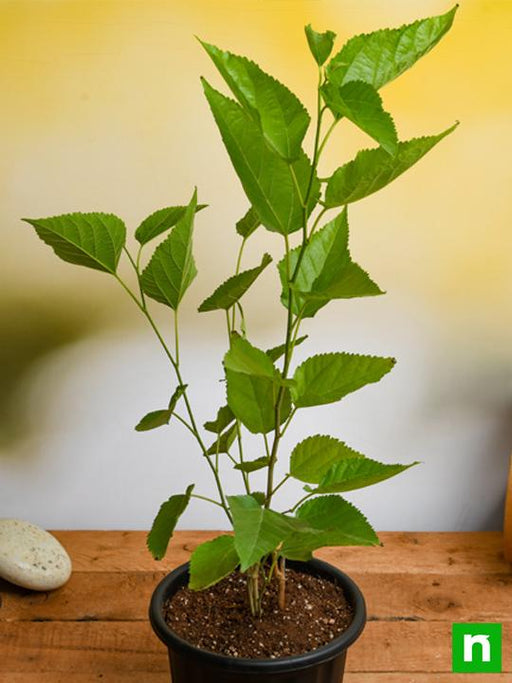
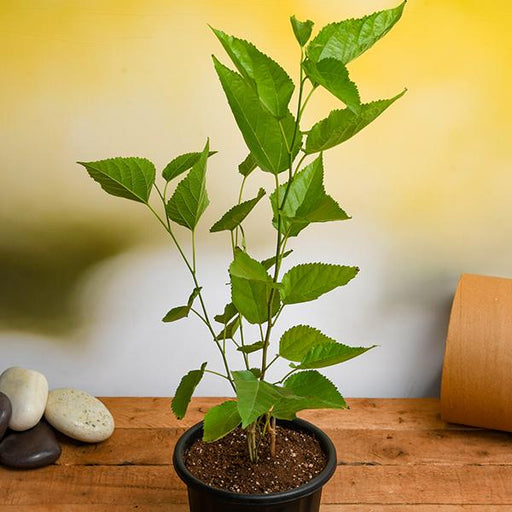 Save 18%
Save 18%
Shahtoot, Mulberry, Tuti (Small Leaves) - Plant The Shahtoot, also known as Mulberry or Tuti, is a remarkable plant celebrated for its sma...
View full details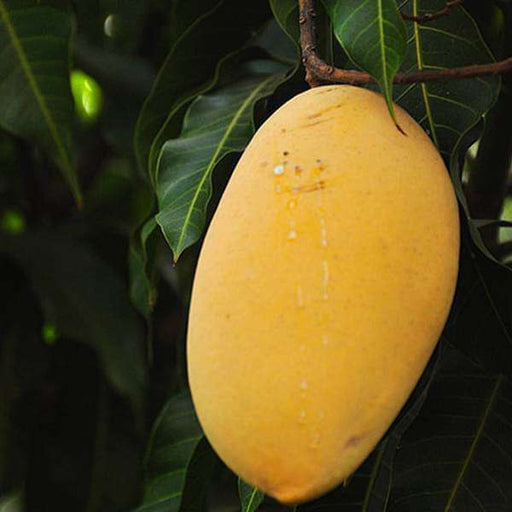 Save 14%
Save 14%
Mango Tree (Alphonso, Grafted) - Plant The Alphonso Mango Tree, scientifically known as *Mangifera indica*, is a prized variety renowned f...
View full details Save 15%
Save 15%
Pack of Vermicompost and Neem Cake for House Plants Transform your indoor garden with our premium Pack of Vermicompost and Neem Cake, spec...
View full details
Pack of Plant Growth and Flower Boosters Unlock the full potential of your garden with our Pack of Plant Growth and Flower Boosters! This ...
View full details Save 38%
Save 38%
Combo of Jeevamrut and Neem Raksha for Easy Growth and Protection of Houseplants Transform your indoor garden with our exclusive combo of ...
View full details Save 22%
Save 22%
Plant Nutrients Kit (Pack of 16) for a Healthy Garden Transform your garden into a lush paradise with our Plant Nutrients Kit, featuring 1...
View full details Save 16%
Save 16%
Combo of Top Plant Fertilizers Elevate your gardening game with our exclusive Combo of Top Plant Fertilizers, featuring two bags of premiu...
View full details Save 24%
Save 24%
Pack of 4 Additives to Make Soil Healthy and Nutrient Rich Transform your garden into a thriving ecosystem with our Pack of 4 Additives de...
View full details Save 30%
Save 30%
Transform your gardening experience with our premium Combo of Perlite and Vermiculite. This unique blend is designed to enhance soil aeration and ...
View full details Save 27%
Save 27%
Combo of 2 Vermicompost and Cocopeat - Enrich Your Soil Naturally! Transform your garden into a thriving ecosystem with our Combo of 2 Ver...
View full details
 Save 35%
Save 35%
Best 6 Plants for Perfect Indoor Garden Transform your living space into a lush oasis with our curated collection of the Best 6 Plants for a...
View full details
 Save up to 50%
Save up to 50%
Mini Succulent Garden Pack Transform your space with our Mini Succulent Garden Pack, featuring a delightful collection of 4 any variety beautiful s...
View full details
 Save 30%
Save 30%
5 Best Fragrant Plants Transform your garden or indoor space into a fragrant paradise with our curated selection of the 5 Best Fragrant Plants. Th...
View full details
 Save 24%
Save 24%
Set of 2 Bonsai Looking Grafted Adeniums Transform your indoor or outdoor space with our exquisite Set of 2 Bonsai Looking Grafted Adenium...
View full details Save 45%
Save 45%
Top 4 Die Hard Succulents Pack Transform your indoor or outdoor space with our Top 4 Die Hard Succulents Pack, featuring a curated selecti...
View full details
 Save 30%
Save 30%
5 Best Indoor Plants Pack Transform your living space into a lush oasis with our '5 Best Indoor Plants Pack.' This carefully curated collection fe...
View full details
 Save 25%
Save 25%
Set of 4 Evergreen Air Purifier Plant Pack Transform your indoor space into a lush, green oasis with our Set of 4 Evergreen Air Purifier Pla...
View full details| SrNo | Item Name | Qty |
|---|---|---|
| 1 | Sitaphal (Grown Through Seeds) Plant | 1 |
Discover the exotic flavor of Sitaphal, also known as Custard Apple, a tropical fruit native to the Americas and now cherished worldwide. This unique plant, scientifically known as Annona squamosa, produces sweet, creamy fruits that are not only delicious but also packed with nutrients. Grown from seeds, this plant is perfect for home gardeners looking to cultivate a piece of tropical paradise.
Sitaphal stands out for its unique taste and texture, often described as a blend of banana and vanilla. Rich in vitamins A and C, it offers numerous health benefits, including improved digestion and skin health. Its ability to thrive in warm climates makes it a favorite among tropical fruit enthusiasts.
This plant is not only aesthetically pleasing with its lush green leaves but also attracts pollinators, contributing positively to the ecosystem. Sitaphal trees can grow up to 10-20 feet tall, providing shade and beauty to your garden while yielding delicious fruits that can be enjoyed fresh or in various culinary creations.
Sitaphal, also known as custard apple, is a tropical delight that can be grown from seeds, making it a gardener's dream. Imagine planting a seed and watching it transform into a lush tree that rewards you with sweet, creamy fruit. Cultivating Sitaphal is like nurturing a little green miracle; it requires patience, but the payoff is a bounty of deliciousness that will have your taste buds dancing.
This little green gem, scientifically known as Annona squamosa, is not just a pretty face. Packed with vitamins and antioxidants, it’s like nature’s candy bar, but without the guilt. Eating Sitaphal can boost your immune system, improve digestion, and even give your skin a glow that would make a highlighter jealous. Who knew that indulging in something so tasty could also be a health kick?
Growing Sitaphal from seeds is like embarking on a botanical adventure. You start with a humble seed, and with a sprinkle of love and a dash of patience, you’ll soon have a tree that’s the envy of your garden. Just remember, it’s not a race; good things come to those who wait. And when that first fruit appears, you’ll feel like a gardening wizard.
Caring for your Sitaphal tree is akin to raising a pet; it needs attention, love, and the right environment to thrive. Ensure it gets plenty of sunlight, water it just right, and watch out for pests. Treat it well, and it will reward you with a harvest that will make your neighbors green with envy. After all, who wouldn’t want to be the proud parent of a fruit-bearing tree?
Harvesting Sitaphal is like a treasure hunt; you have to know when to pick the fruit for maximum sweetness. Wait until the skin turns slightly brown and the fruit gives a little when pressed. It’s a delicate balance, much like choosing the right avocado at the store. Get it right, and you’ll be rewarded with a fruit that’s as sweet as your grandma’s secret recipe.
Sitaphal is not just a pretty fruit; it’s a nutritional powerhouse. With a rich supply of vitamins C and B6, fiber, and antioxidants, it’s like a multivitamin in disguise. Eating Sitaphal can help you feel full and satisfied, making it a perfect snack for those who want to indulge without the guilt. Who knew that something so delicious could also be so good for you?
If you think Sitaphal is just for eating raw, think again! This versatile fruit can be transformed into smoothies, desserts, and even savory dishes. Imagine a creamy Sitaphal shake or a decadent custard that will have your guests begging for the recipe. The culinary possibilities are endless, and your kitchen will become the talk of the town with these delightful creations.
Like any good superhero, your Sitaphal tree needs protection from pesky pests. Aphids and fruit flies can be the villains in your gardening saga, but fear not! With a little neem oil and some natural deterrents, you can keep your tree safe and sound. Think of it as giving your tree a shield against the bad guys, ensuring that it can grow strong and healthy.
Propagating Sitaphal can be a fun experiment for the adventurous gardener. While growing from seeds is the most common method, you can also try grafting or air layering for a quicker harvest. It’s like playing mad scientist in your garden, and who doesn’t love a little experimentation? Just remember to take notes; you might discover the next big gardening trend!
Sitaphal has been a staple in traditional medicine for centuries. From soothing digestive issues to acting as a natural remedy for insomnia, this fruit is like a little herbal pharmacy. It’s fascinating how something so delicious can also have such a rich history in wellness. So, the next time you enjoy a Sitaphal, remember you’re indulging in a fruit with a legacy.
Sitaphal thrives in warm, tropical climates, making it the perfect fruit for those sunny days. It’s like the sun’s best friend, soaking up rays and turning them into sweet, creamy goodness. If you live in a cooler area, don’t fret; with a little creativity and some protective measures, you can still enjoy the joys of growing this tropical treasure. Just think of it as a little slice of paradise in your backyard.
Sitaphal, also known as custard apple, is a tropical fruit that’s as sweet as your grandma’s secret recipe. This green, scaly delight is packed with creamy goodness and is a favorite among fruit lovers. Grown from seeds, it’s like planting a little piece of paradise in your garden!
Growing Sitaphal from seeds is like starting a new adventure! First, soak the seeds overnight, then plant them in well-draining soil. Keep them warm and watered, and soon you’ll have a mini jungle of custard apple trees. Just remember, patience is key—good things take time, like a fine wine!
Timing is everything! The best time to plant Sitaphal seeds is during the warm months, ideally in spring or early summer. This tropical beauty loves the sun, so make sure it gets plenty of it. Think of it as a sunbather on a beach vacation—just don’t forget the sunscreen!
Patience, my friend! Sitaphal seeds typically take about 2 to 3 weeks to germinate. It’s like waiting for a surprise party—exciting but requires a bit of time. Keep the soil moist and warm, and soon you’ll see those little green shoots popping up, ready to take on the world!
Sitaphal loves a good spa day in well-draining, loamy soil. Think of it as the perfect blend of comfort and support. A pH level between 6 and 7 is ideal, so your plant can thrive without any drama. Just remember, soggy soil is a no-go—nobody likes a wet blanket!
Watering your Sitaphal plant is like giving it a refreshing drink after a workout. Keep the soil consistently moist but not soggy. During hot months, it might need a little extra love, while in cooler months, ease up. Just don’t drown it—your plant isn’t a fish!
Ah, the uninvited guests! Common pests like aphids and mealybugs might try to crash your Sitaphal party. Keep an eye out and use organic insecticides or neem oil to send them packing. Remember, a healthy plant is a happy plant, and nobody likes a pesty party crasher!
Fertilizing your Sitaphal is like giving it a gourmet meal! Use a balanced fertilizer every 4-6 weeks during the growing season. Organic options like compost or well-rotted manure work wonders. Just don’t overdo it—too much of a good thing can spoil the fun!
Your Sitaphal plant will start bearing fruit in about 3 to 4 years if you’ve treated it right. It’s like waiting for a fine cheese to age—worth every moment! Once those sweet, creamy fruits appear, you’ll be the proud parent of a tropical treasure!
Ripe Sitaphal is like a perfectly timed joke—just right! Look for a slight give when you gently squeeze it, and the skin should turn a bit brownish-green. The aroma will be sweet and inviting, making it hard to resist. Just don’t eat it too soon; patience pays off!
Absolutely! Growing Sitaphal indoors is like having a tropical vacation in your living room. Just ensure it gets plenty of sunlight—south-facing windows are ideal. Use a large pot for root space, and keep the humidity up. Your indoor garden will be the envy of all your friends!